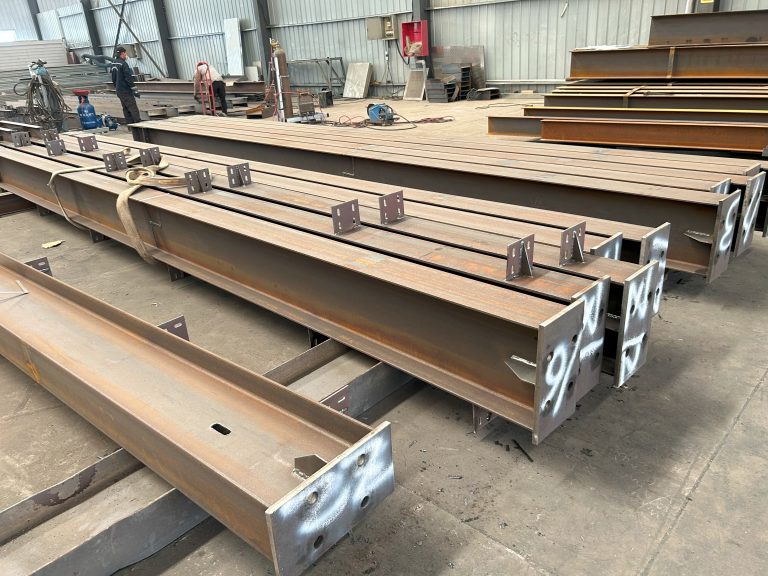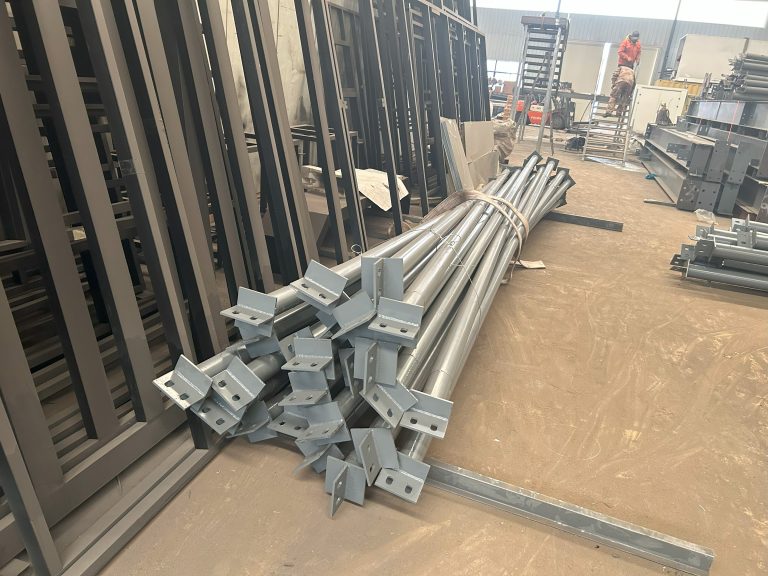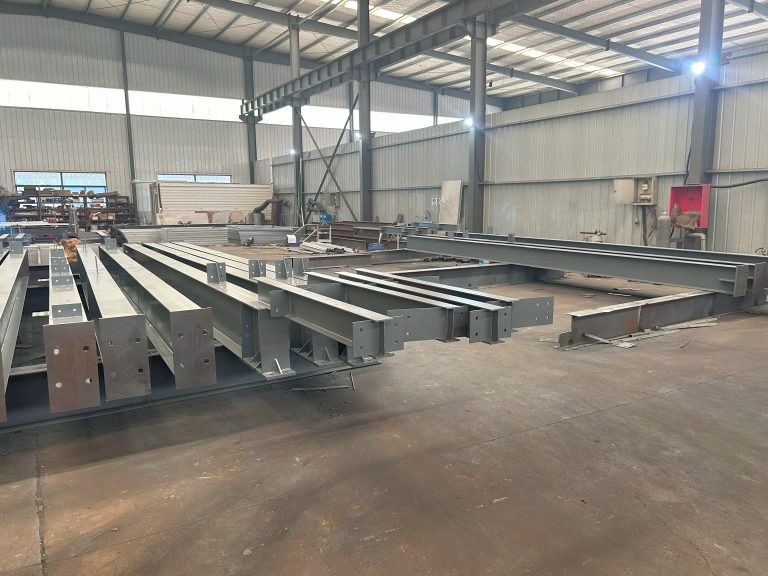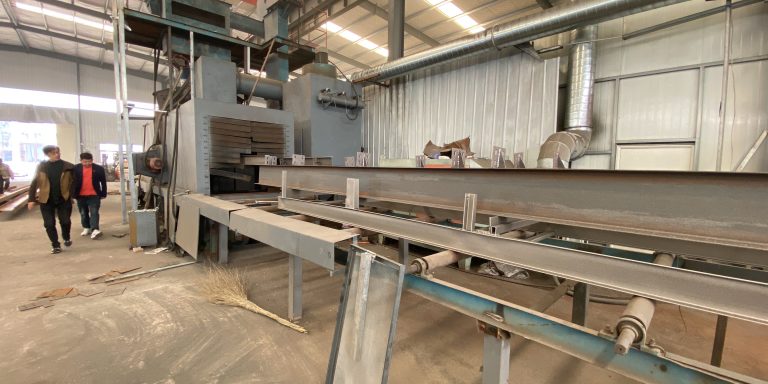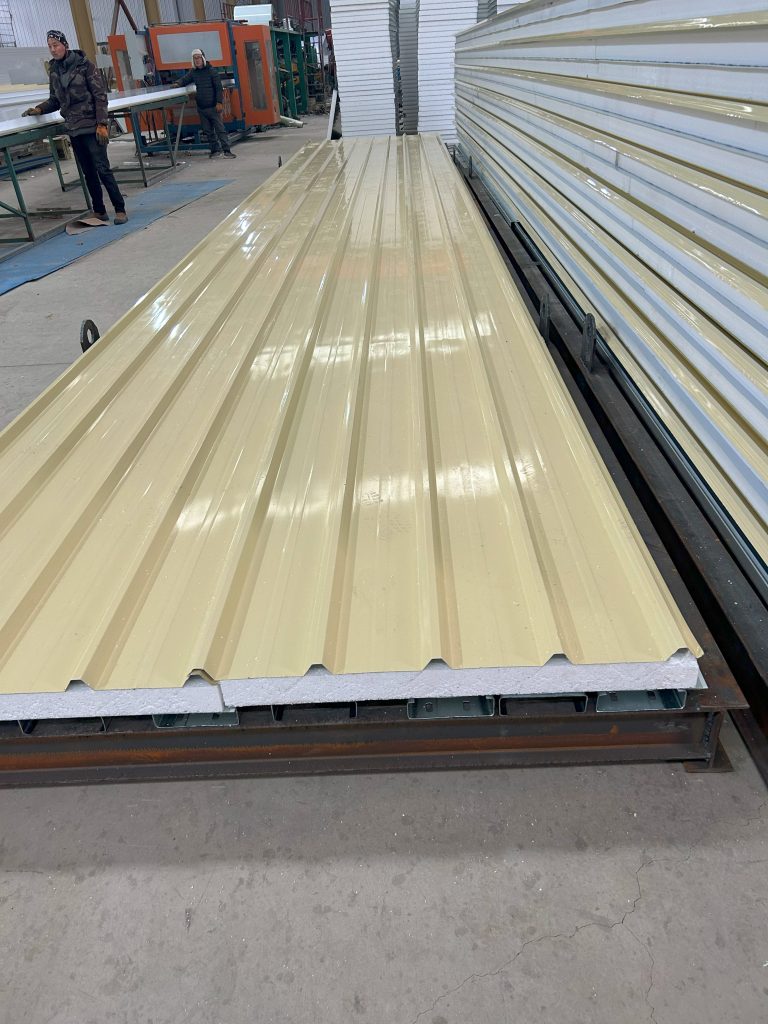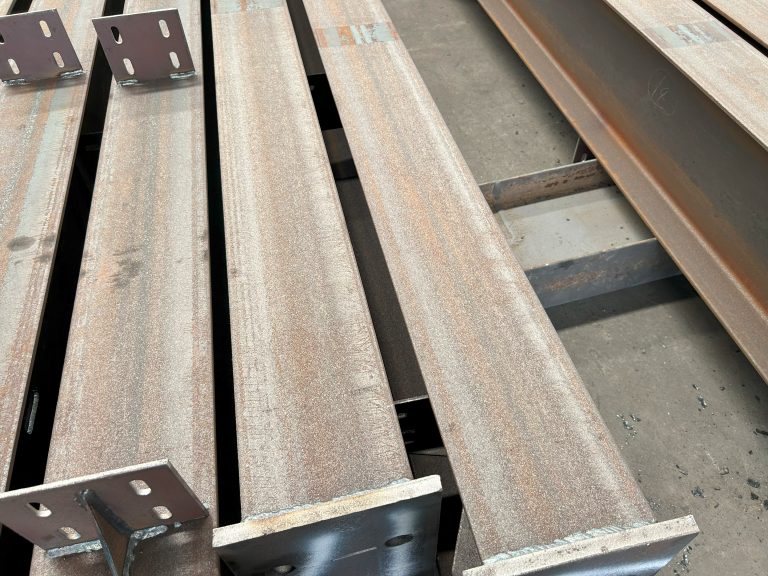Application of steel structure in rapid construction projects
Table of Contents
Benefits of Using Steel Structures in Rapid Construction Projects
Steel structures have revolutionized the landscape of rapid construction projects, offering a myriad of benefits that contribute to efficiency, durability, and sustainability. In the realm of modern construction, where time is often a critical factor, the application of steel structures emerges as a cornerstone of success.
One of the primary advantages of using steel in rapid construction projects is its inherent strength-to-weight ratio. Steel is significantly stronger than other traditional construction materials like wood or concrete, yet it is much lighter. This characteristic allows for the creation of robust structures that can be erected swiftly without compromising on safety or integrity. The lightweight nature of steel also facilitates easier transportation and handling on-site, reducing logistical challenges and construction timeframes.
Moreover, steel structures are renowned for their versatility and precision in manufacturing. Unlike concrete, which requires curing time, steel components can be prefabricated off-site to exact specifications. This prefabrication process not only enhances quality control but also accelerates the assembly process on-site. By minimizing the need for extensive on-site fabrication, steel structures enable construction teams to work efficiently and expediently, meeting tight deadlines and project milestones with greater ease.
Another significant benefit lies in the durability and longevity offered by steel. Steel is inherently resistant to many environmental factors that can degrade other building materials over time, such as corrosion, pests, and mold. This resilience translates into reduced maintenance costs and prolonged service life, making steel structures a cost-effective investment in the long run. Furthermore, the recyclability of steel makes it an environmentally sustainable choice, aligning with global efforts towards green building practices and reducing carbon footprints.
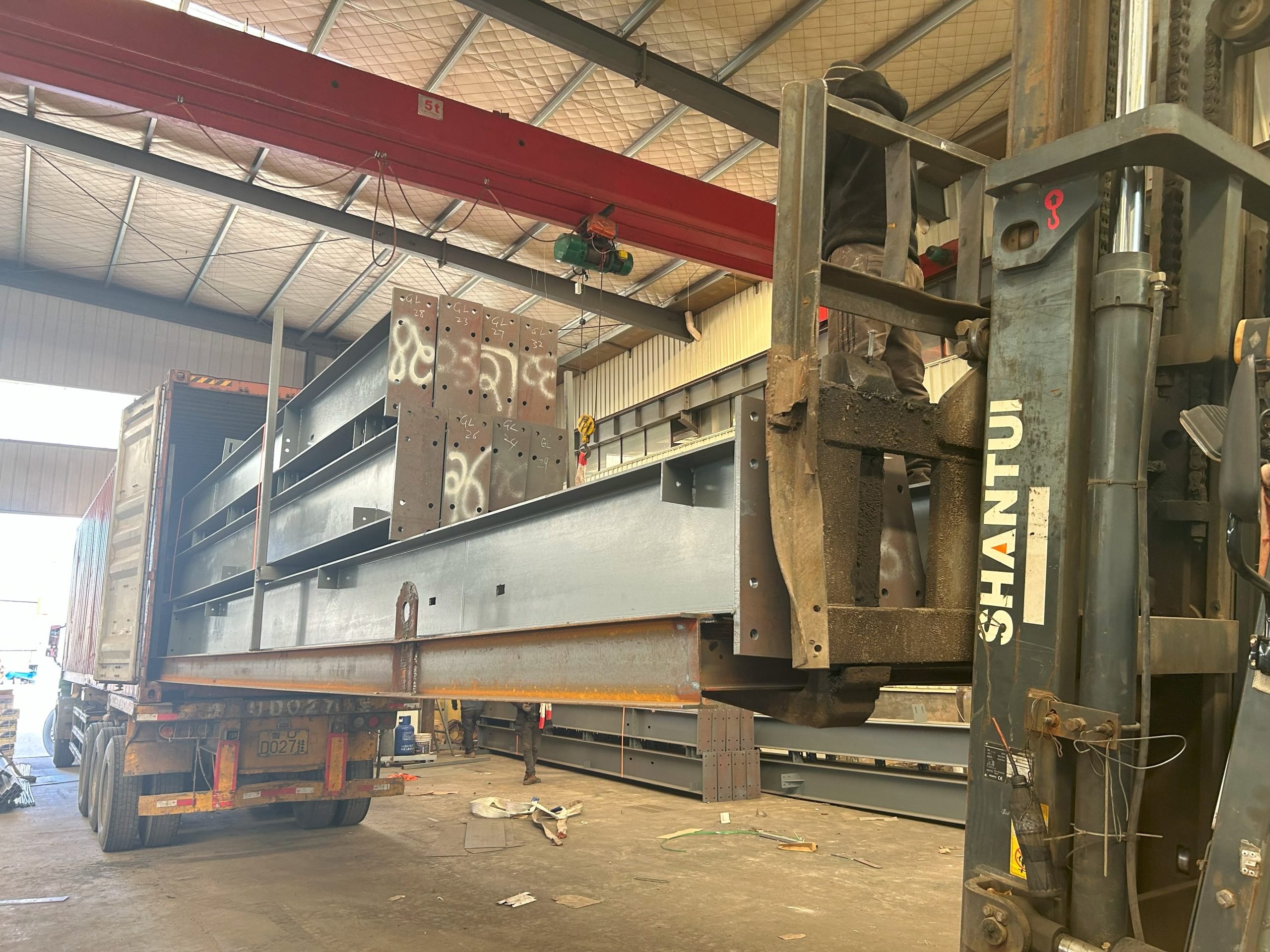
In addition to practical advantages, the use of steel structures also promotes architectural innovation and design flexibility. The inherent strength of steel allows for expansive open spaces and soaring heights, facilitating the creation of iconic landmarks and modern architectural marvels. Architects and engineers can unleash their creativity, knowing that steel’s structural properties can support bold and imaginative designs while adhering to stringent safety standards.
Transitioning from traditional construction methods to steel structures requires careful planning and expertise. However, the initial investment in steel is often offset by savings in construction time and ongoing maintenance costs. The streamlined construction process minimizes disruptions to surrounding areas, making steel structures particularly suitable for urban environments where space and time are at a premium.
Furthermore, the adaptability of steel structures extends beyond initial construction phases. As needs evolve over time, steel buildings can be easily modified, expanded, or repurposed to accommodate changing requirements without extensive structural alterations. This flexibility ensures that investments in steel structures remain relevant and adaptable in a rapidly changing world.
In conclusion, the application of steel structures in rapid construction projects represents a significant advancement in the construction industry. From enhanced efficiency and durability to architectural freedom and environmental sustainability, steel offers a comprehensive solution for meeting the challenges of modern construction. As technology continues to evolve, so too will the capabilities of steel structures, reaffirming their status as a cornerstone of innovation and progress in the built environment.
Case Studies of Successful Rapid Construction Projects Utilizing Steel Structures
Steel structures have become increasingly popular in the construction industry due to their numerous advantages, including strength, durability, and speed of construction. In rapid construction projects where time is of the essence, steel structures have proven to be a valuable asset in completing projects quickly and efficiently. In this article, we will explore some case studies of successful rapid construction projects that have utilized steel structures.
One such project is the Empire State Building in New York City, which was completed in just over a year using steel frame construction. The use of steel allowed for the building to be constructed quickly and efficiently, with the frame being erected at a rate of four and a half stories per week. This rapid construction pace was made possible by the prefabrication of steel components off-site, which were then assembled on-site, saving time and labor costs.
Another successful rapid construction project that utilized steel structures is the Burj Khalifa in Dubai, currently the tallest building in the world. The use of steel in the construction of the Burj Khalifa allowed for the building to be completed in just six years, a remarkable feat considering its height of over 2,700 feet. The steel frame of the building provided the necessary strength and stability to support the immense weight of the structure, while also allowing for a faster construction timeline compared to traditional concrete construction methods.
In addition to skyscrapers, steel structures have also been used in the construction of bridges, such as the Millau Viaduct in France. This cable-stayed bridge spans the Tarn River valley and is one of the tallest bridges in the world. The use of steel in the construction of the Millau Viaduct allowed for the bridge to be completed in just three years, a fraction of the time it would have taken using traditional construction methods. The steel structure of the bridge provided the necessary strength and flexibility to withstand the forces of nature, while also allowing for a faster construction timeline.
The application of steel structures in rapid construction projects is not limited to large-scale projects such as skyscrapers and bridges. Steel structures have also been used in the construction of residential buildings, warehouses, and industrial facilities, where speed of construction is essential. One such example is the One Central Park residential development in Sydney, Australia, which utilized steel frame construction to complete the project in just two years. The use of steel allowed for the building to be constructed quickly and efficiently, while also providing the necessary strength and durability to withstand the test of time.
In conclusion, the application of steel structures in rapid construction projects has proven to be a successful and efficient method of completing projects quickly and cost-effectively. The strength, durability, and speed of construction offered by steel structures make them an ideal choice for projects where time is of the essence. From skyscrapers to bridges to residential buildings, steel structures have been utilized in a wide range of construction projects with great success. As the construction industry continues to evolve, steel structures will undoubtedly play a key role in the future of rapid construction projects.

